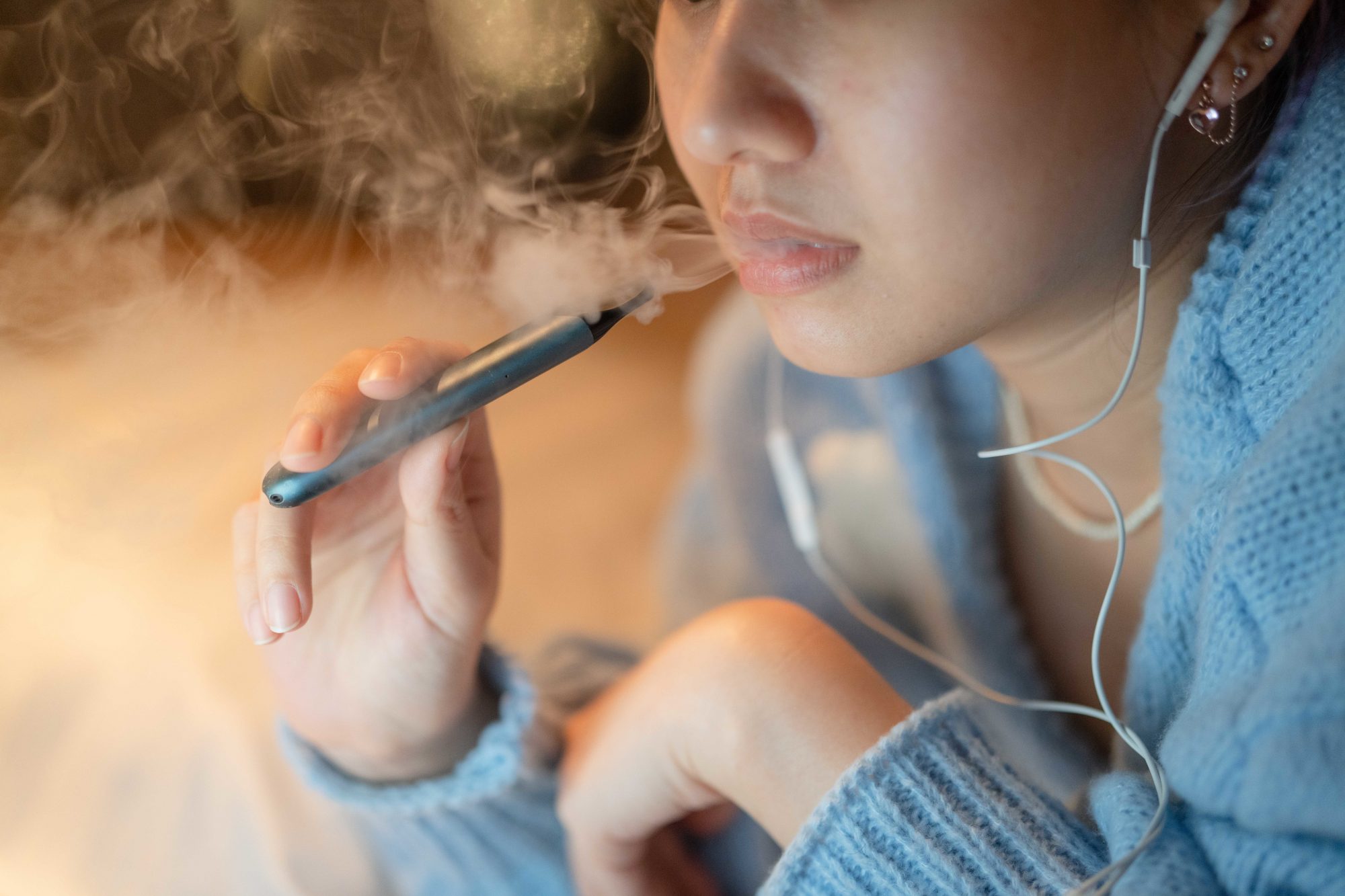A recent study involving over 50,000 US adolescents has revealed a strong association between vaping and binge drinking – and cannabis use
The findings, published in Substance Use and Misuse, raise concerns about the growing popularity of e-cigarette use among young people as it finds a strong link between vaping and binge drinking.
Although vaping is considered less harmful than smoking, it still poses risks to adolescents, especially given the unknown long-term effects.
The study emphasizes the need for ongoing surveillance and intervention efforts to address vaping, drinking, and cannabis use simultaneously, recognizing the interconnected nature of substance use among young individuals.
Tracking substance use trends in adolescents
The study drew upon data from the Monitoring the Future survey, a comprehensive survey that monitored substance use patterns in adolescents across various school grades.
By analyzing data from 2017 to 2019, the research investigated the associations between nicotine use (specifically smoking-only, vaping-only, or both) and cannabis use within a 30-day period.
The study also considered demographic factors in its analysis. The findings revealed substantial disparities between nicotine users and non-users.
Adolescents who engaged in smoking were found to be 8.03 times more inclined to use cannabis compared to non-nicotine users.
Furthermore, those who exclusively vaped exhibited an even higher likelihood, with 20.31 times increased probability of cannabis use.
Additionally, individuals who both smoked and vaped showed the greatest inclination, being 40.1 times more likely to use cannabis than non-nicotine users.

The connection between nicotine use and binge drinking
Furthermore, the study identified a connection between vaping and binge drinking.
Even after adjustments, the association persisted, with the magnitude increasing as binge drinking frequency rose.
Adolescents who both smoked and vaped were 5.6 times more likely to have engaged in binge drinking on one occasion
Adolescents who both smoked and vaped were 5.6 times more likely to have engaged in binge drinking on one occasion, 21.60 times more likely for three to five occasions, and 36.53 times more likely for ten or more occasions.
‘Our results indicate that vaping is not an isolated behaviour, but rather strongly tied to other substance use’
Lead author, Noah Kreski from the Columbia University Mailman School of Public Health, explains, “While the overall health risks of vaping are lower than smoking, electronic cigarettes are still harmful to adolescents and warrant ongoing surveillance – especially as the long-term impacts remain unknown.
“Our results indicate that vaping is not an isolated behaviour, but rather strongly tied to other substance use that can harm adolescents and make quitting nicotine more difficult.
“Recognising the strong overlap between various forms of substance use, effective intervention efforts should work to simultaneously address vaping, drinking and cannabis use to encourage the health and well-being of young people.”
We must address the intertwined nature of substance use
These findings underscore the importance of addressing the intertwined nature of substance use among young individuals.
‘The links between vaping-only, or both smoking and vaping, and cannabis use and binge drinking outcomes in adolescents are particularly striking’
Effective intervention efforts should focus on educating and supporting adolescents in reducing vaping, drinking, and cannabis use simultaneously to safeguard their health and well-being.
Continued surveillance is necessary to monitor the evolving landscape of adolescent substance use and inform public health policies and interventions accordingly.
“The links between vaping-only, or both smoking and vaping, and cannabis use and binge drinking outcomes in adolescents are particularly striking – especially at the highest levels of binge drinking.
“While the causal direction of these associations is unclear, the size of the effect is concerning given the harms these substances pose to adolescents,” concludes Kreski.
“Given the strong links between nicotine use and both cannabis use and binge drinking, there is a need for sustained interventions, advertising and promotion restrictions, and national public education efforts to reduce vaping in adolescents – efforts that acknowledge co-occurring substance use.”











